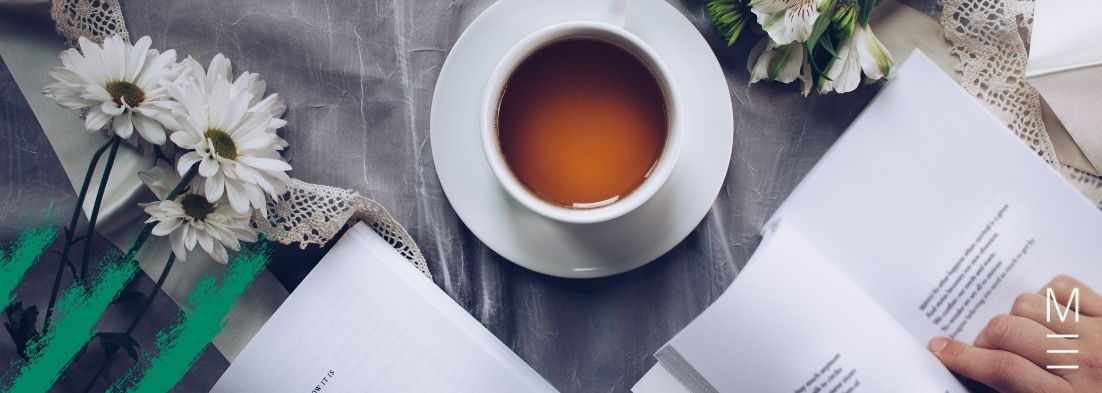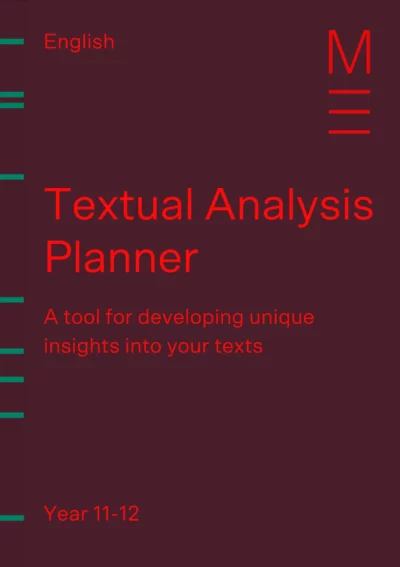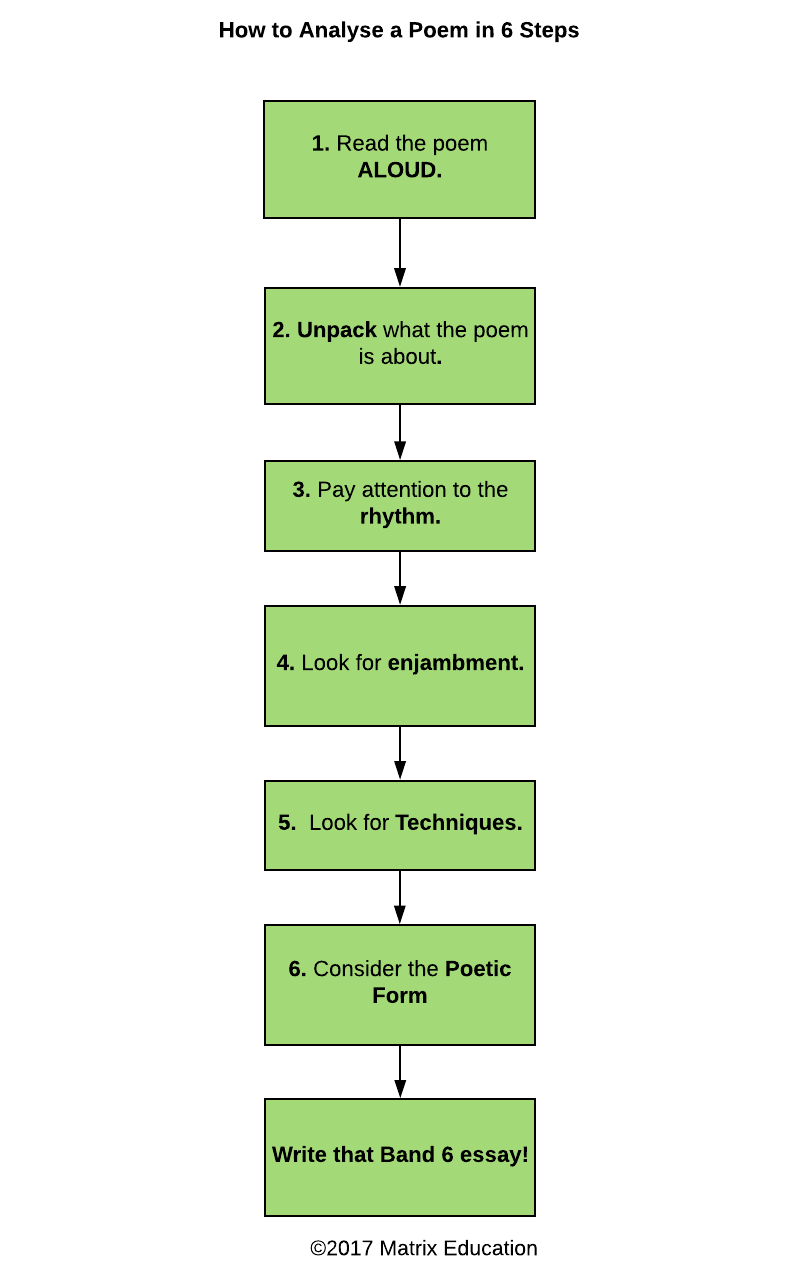Welcome to Matrix Education
To ensure we are showing you the most relevant content, please select your location below.
Select a year to see courses
Learn online or on-campus during the term or school holidays
Learn online or on-campus during the term or school holidays
Learn online or on-campus during the term or school holidays
Learn online or on-campus during the term or school holidays
Learn online or on-campus during the term or school holidays
Learn online or on-campus during the term or school holidays
Learn online or on-campus during the term or school holidays
Get HSC Trial exam ready in just a week
Get HSC exam ready in just a week
Select a year to see available courses
Science guides to help you get ahead
Science guides to help you get ahead

Do you struggle to analyse poetry? Don’t be embarrassed. In this guide, we will show you how to analyse a poem in six steps.
Analysing poetry is difficult and many students and adults struggle with it. Poetry is often written with restrictions around form and structure. Because of this, composers are often concise in ways that make poems cryptic or very dense with techniques and meaning.
Make analysing poems easier with a textual analysis planner

Level up how you analyse texts and take notes with expert strategies and templates!

Fill out your details below to get this resource emailed to you.
"*" indicates required fields
Students often feel that they must prove a definite meaning to poems, when instead they need to explain their understanding. This is what we call a “reading” of a text.
The easiest way to analyse a poem is to break the analysis into simple steps like an engineering problem. In this post, we will give a step by step explanation of how to analyse a poem. The steps look like this:

Learn how to analyse and write about your prescribed poems with Matrix+. We provide you with online theory video lessons, Q&A boards, high-quality resources and our Matrix teachers are already ready to give you fast feedback and answers. Learn more about Matrix+ English Courses now.
Get ahead with Matrix+ online
Learn at your own pace with expert teachers and proven resources. 96% of students saw their marks improve.
Poetry is meant to be read aloud. Reading a poem quietly to yourself will not give you a complete experience of a poem. When poets compose poems, they engage in word play and utilise rhymes and rhythms that affect the meaning of poem. You won’t pick up on a pun unless you hear it. Similarly, you cannot understand what a poet is doing with rhythm unless you hear it or speak it.
Do: Read the poem aloud, several times. Try to figure out the most effective way to perform it, or the one with the least stumbles.
Don’t: Assume you can understand the rhythm and wordplay by only looking at it.
Poems generally convey a narrative, or describe feelings or objects. There will be exceptions to this rule, but it is unlikely that you will be presented with a poem that hard during an exam. Your job, as a critic, is to try and understand what the poem is about. Let’s consider some practical ways of understanding the narrative or meaning of a poem:
Do: Look for pronouns and proper nouns. These will tell you the various characters in the poem. “I” will always represent the persona – the figure whose perspective is being depicted.
Do: Follow the punctuation. Just because poems use enjambment and have unusual forms, doesn’t mean they don’t adhere to grammatical rules. Break the stanza or stanzas into sentences. If you’re confused locate the full stops and read the lines as single sentences.
Do: Look for recurring images or symbols, these are motifs. Motifs are often directly related to the meaning of a poem and can give important clues as to what the poet is trying to convey.
Poems have rhythm. One of the traditional differences between regular literature and poetry is the use rhythm and metre. A poem’s metre is the regular rhythm that it adopts. Contemporary poetry sometimes moves away from the traditional conventions of metre, but largely metre plays an important role in the poetry you will study at school.
Rhythm is a way of conveying meaning. Poets utilise this by putting rhythms in your mouth.
When we speak in English, we tend to (but not always) follow a rhythm that goes ba-DUM ba-DUM ba-DUM. In this rhythm, the first syllable is ‘soft’ and the second syllable is ‘hard’. When talking about poetry we refer to the “soft” syllables as “unstressed syllables” and the hard ones as “stressed syllables.”
We don’t focus on the rhythm to check that the poet has adhered to it the whole time. Rather we use it to see when the poet breaks with the rhythm they have set themselves. These deviations from the rhythm indicate important ideas in the poem.
When you find a change in the rhythm look at the ideas or images being presented and talk about them.
Don’t: Feel stressed if you cannot remember the different names for the various rhythms. Don’t worry if you cannot identify all the rhythms of a poem or even the rhythms of a line.
Do: Try to discuss the meaning you find in rhythm. An attempt to discuss rhythm, even if you cannot remember the terminology, is going to gain you marks.
Enjambment is an important technique used to develop meaning. It is an oft-cited but regularly misunderstood technique.
When poetry is enjambed one line seems to spill over into the next line because it is not capped by punctuation.
Commonly, each line of a poem will finish with a punctuation mark like a comma, dash, colon, semi-colon, or period. Sometimes this isn’t the case and it runs onto the next line. This is called enjambment.
Enjambment gives the appearance of the line flowing onto the next line.
When we read it, we hear otherwise as we tend to pause – even if only for a fraction of a second – between lines.
This contradiction is known as the ‘rejet’ – it is the tension between fragmentation or pause and the appearance of flow. This technique is used to draw attention to the meaning, object, or person in the lines. This often involves contradiction or contrast with the thing(s) that follow or precede it.
Don’t: Assume that enjambment is there for appearance only. It’s not, it is an aural technique. Listen for what it does to the lines of the poem.
Do: Discuss what the enjambment draws attention to. Is it foregrounding the object in the first line or the second line? Is it contrasting two ideas over two lines? Or is it representing the relationship between people?
You need to able to discuss how a composer has created meaning in their poem. This requires you to talk about the techniques that they have used to develop meaning. You need to look out for common techniques and try and understand what they are representing.
Let’s look at some common techniques:
Simile: A simile is when something is made to be like something else. For example, “the poem read like a word salad,” is a simile that argues the poem was gibberish or meaningless.
Metaphor: Metaphors are similar techniques to similes, but instead of something being like something else, they are something else. For example, “the poem was a word salad,” turns the previous simile into a metaphor. It doesn’t liken the poem to “word salad” it states that it is “word salad.” Metaphors can seem to be more intense or stronger than similes.
Motifs: Are there common or similar symbols in the narrative? They might be related. Motifs are a series of symbols, or colours, or emotions that develop meaning throughout a poem. For example, if you read a poem that has graves, tombs, and headstones in it, you can argue it has motifs of death.
Repetition: Poets only have limited space to use and this means limited words. It is a conscious choice, then, to repeat a word. Poets use repetition to signify important emotions or ideas. Repetition can also convey the emotional state of the persona.
Rhyme and Slant Rhyme: Poets make things rhyme. Rhymes occur at the end of the line – known as “end rhyme”, in the middle of the line, or even in a word – both known as “internal rhyme.” As a critic, you need to work out what the poet is trying to do with their use of rhyme. Are they adhering to a convention that has a rhyme scheme? Or are they using free-verse and rhyming to draw attention to particular ideas, people, or things?
Read a complete list of Literary Techniques
There are many different poetic forms: haikus, ballads, sonnets, and many more. Often these forms carry an implicit meaning.
We associate
Knowing a large variety of forms will help you recognise the form a poet is using. This will allow you to discuss how the poet is adhering to the conventions of the form, or challenging them (such as Percy Shelley’s sonnet “Ozymandias” which discusses nature’s permanence and sublimity and man’s hubris).
Don’t: Assume that a free-verse poem does not include aspects of different forms. Eliot’s “The Love Song of J Alfred Prufrock” includes several other forms, such as an incomplete sonnet. This is important information to discuss.
Do: Try to identify the poetic form.
Make a note of the conventions of the form and discuss how the poet might embrace or challenge these conventions.
Now you have an understanding of how to analyse a poem you need to practise your skills. The best way to do that is to read some poetry!
There are various websites, such as poetryfoundation.org where you can read a wide variety of poems from different poets and places. Choose some interesting poems that you like and practice analysing them and writing about them. Share your work with your parents, peers, and teachers!
© Matrix Education and www.matrix.edu.au, 2025. Unauthorised use and/or duplication of this material without express and written permission from this site’s author and/or owner is strictly prohibited. Excerpts and links may be used, provided that full and clear credit is given to Matrix Education and www.matrix.edu.au with appropriate and specific direction to the original content.